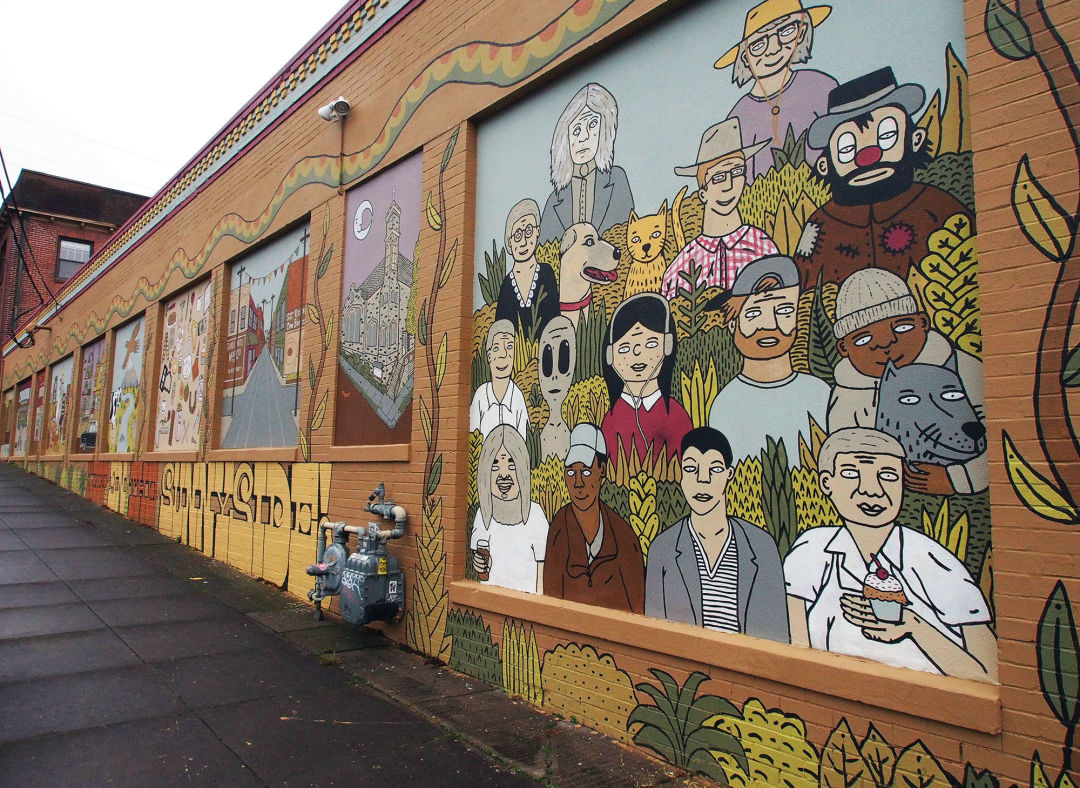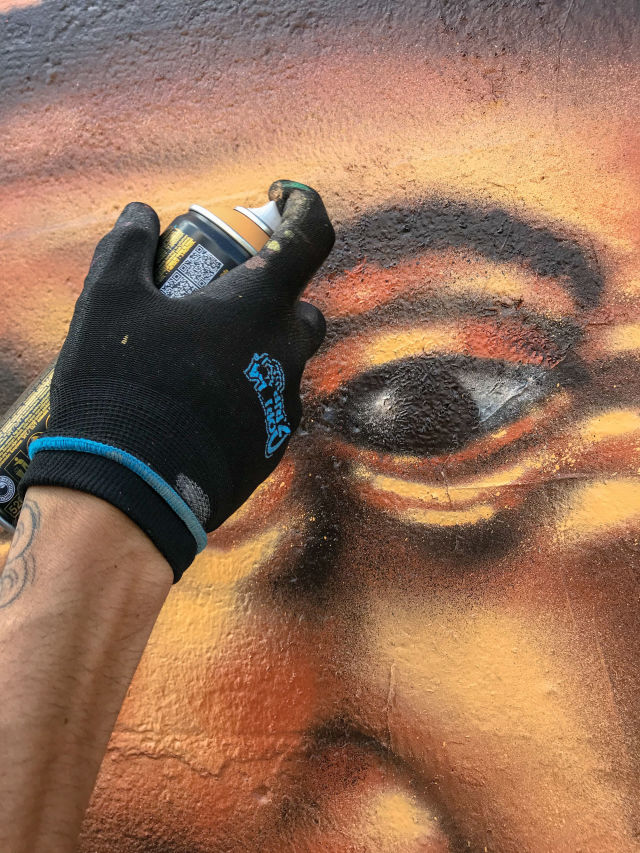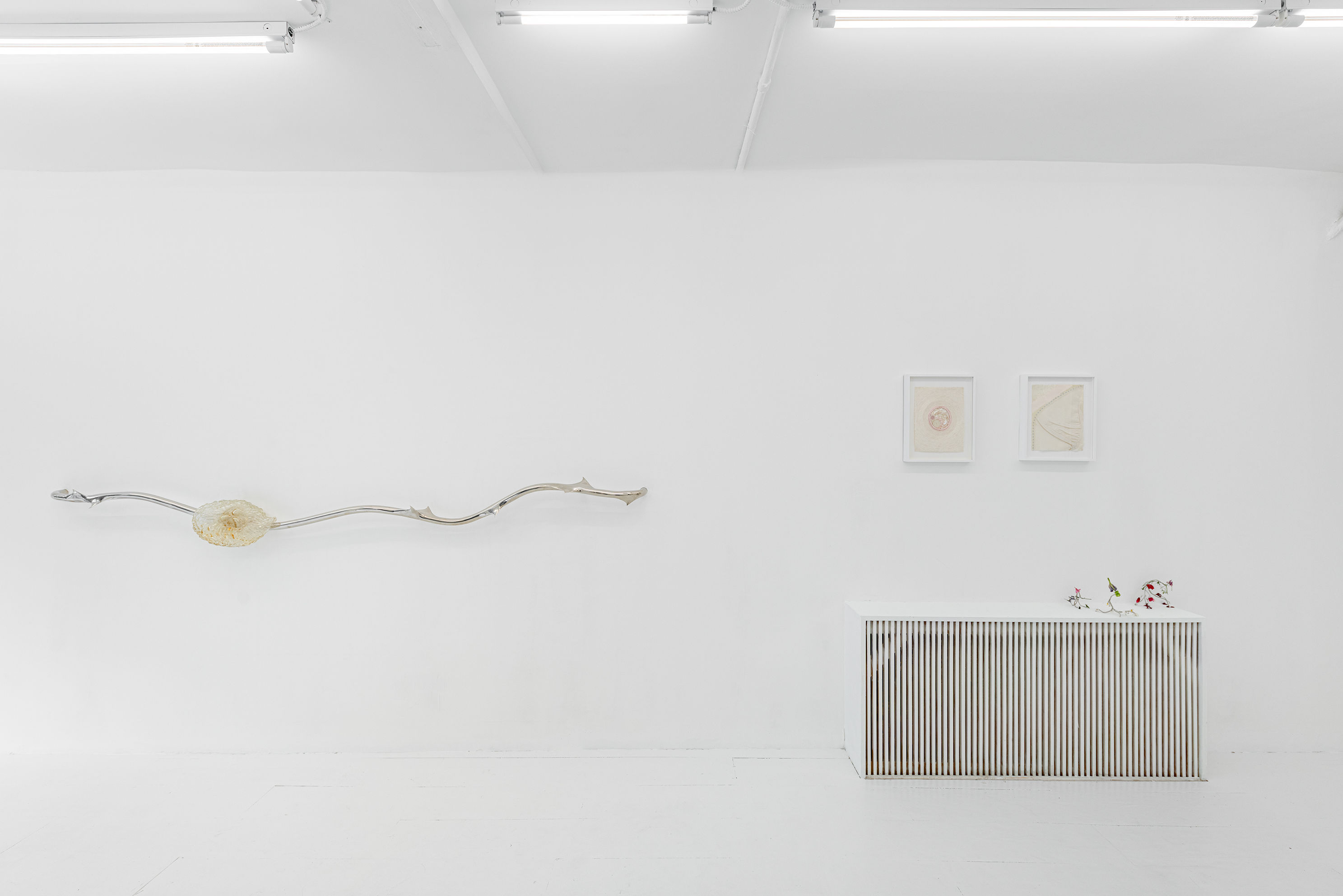Could the Industrial East Side Become Portland’s Mural District?

Portland Street Art Alliance Keep on the Sunnyside mural by Maddo at SE 30th Avenue and Belmont Street
Image: Courtesy Tiffany Conklin
Portland’s Central Eastside Industrial District is grayer than the drizzling sky that so often blankets it. Even as more new businesses and developments trickle in, much of the area is still defined by concrete freeway pillars, brick warehouses, and steel railroad tracks.
But thanks to the Portland Street Art Alliance, this just might become the most colorful corner of the city.
Last September, the nonprofit received a grant of almost $51,000 from the Oregon Community Foundation for its newest project, Viaduct Arts. The goal: transform this asphalt-choked neighborhood into the mural district of Portland.
“We have two years to use the grant,” says PSAA cofounder Tomas Valladeres. “But this is definitely the start of a five- to 10-year vision.”
Round one of the project, set to start late this summer or early fall, will pair established local street artists with emerging artists from around the state to create three to four blocklong murals.

Portland Street Art Alliance Viaduct Arts mentor Derek Yost paints in the ruins of the Taylor Electrical Supply Company in Portland's Central Eastside
Image: Courtesy Tiffany Conklin
“The street art scene—at least here in Portland—is predominantly white male,” Valladeres says. “We really want to build a network statewide to give underrepresented artists in smaller cities and towns in Oregon the opportunity to come into our city to paint,” adds fellow cofounder and PSAA executive director Tiffany Conklin.
The mural designs are still up in the air, but the plan is to create an art corridor along the viaducts of the Morrison and Hawthorne Bridges. The hope is that this will serve as an entry point to even more murals on surrounding streets. “The goal is to have [a] concentration, to feed the idea of a district,” says Valladeres.
With help from more than 70 local street artists, PSAA has taken on upward of 40 commissioned and publicly funded projects since its founding in 2012, though none with quite the scope of Viaduct Arts. The 300-foot-long, fruit-and-veggie-filled Produce Row mural on SE Second and Stark? That’s a PSAA project, as is the Beatles-inspired color explosion behind Music Millennium and the paintings of masks and weavers on the side of SE Division’s Oregon Theater by N.O. Bonzo and GATS. The group also leads street art tours, restores existing murals, and hosts live-painting workshops and camps for kids. But when PSAA launched, priority no. 1 was advocating for street artists.
“We were acting as an intermediary,” Conklin says, “being a voice for the artists and helping them stand up for their rights.”
Portland’s mural history is a little messy. Back in 1998, advertising company AK Media (later absorbed by Clear Channel) sued the city over what it claimed were unconstitutional size and permitting restrictions on advertisements; murals, meanwhile, were exempt from such regulations. That decade-long legal battle resulted in a citywide moratorium on wall art; even works created years ago were boarded up or destroyed.
In 2009, a pre-PSAA mural advocacy group took the issue to court and reached an agreement. The result? Muralists can have at it—provided they jump through the permitting hoops. Today, much of PSAA’s efforts revolve around helping emerging and visiting artists navigate that bureaucratic process—filling out forms, liaising with the city’s Bureau of Development Services, navigating design reviews and inspections—as it’s not always intuitive for newbies.
“It takes time,” says Conklin. “But it’s much better than it used to be. The permit is now only $50.”
For artists, there are inherent risks associated with murals. When you remove the gallery walls that keep work safe and protected, art becomes vulnerable to the elements—human beings included. According to Conklin, vandalism isn’t the threat you might expect; she says the nonprofit’s murals are generally respected.
As for development, Portland’s favorite bugaboo? PSAA is clear-eyed about the city’s booming construction projects. For example, this spring the group began covering the old Sunshine Dairy building on NE 21st Avenue in a mix of “wild-style” graffiti and wildlife murals (including a pack of snarling, story-high grizzlies). The site’s property owner, a local developer, made a donation to the nonprofit and told them to have at it. The catch is that it will all be torn down by next winter.
“Street art has always been very ephemeral,” Conklin says. “So even a building being torn down isn’t as alarming as people might think. We’re there to create things and engage with the community. The time we’re there doing it is the important part.”
Derek Yost, a local artist set to work as a Viaduct Arts mentor, echoes the sentiment. He’s had a hand in more than 20 murals across the city, including PSAA’s Sunshine Dairy project. While painting on that wall, he was approached by a man who’d worked for Sunshine for 30-odd years. He told Yost stories about the history of the building, including, as a child, seeing it barricaded with sandbags in the days after Pearl Harbor was bombed.
“Street art starts conversation,” Yost says. “It sparks inner dialogue, or dialogue with someone else. It’s there because we need it.”




